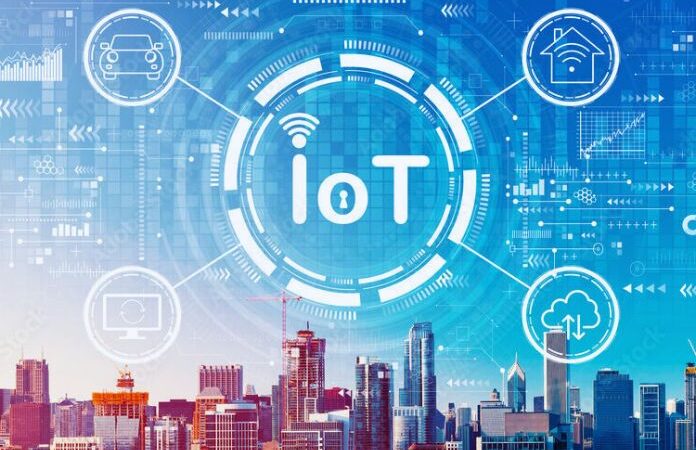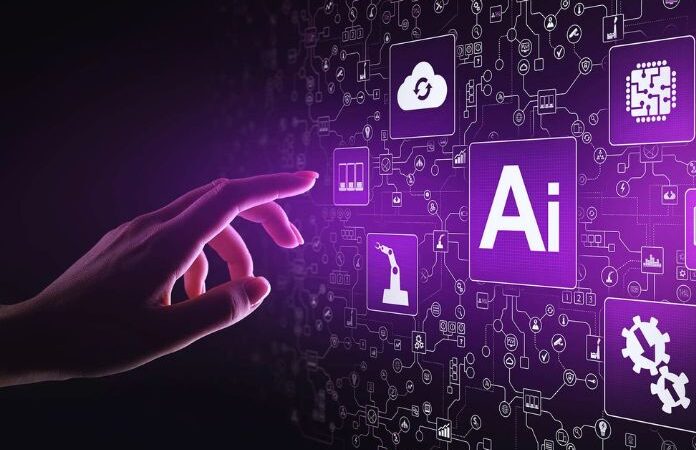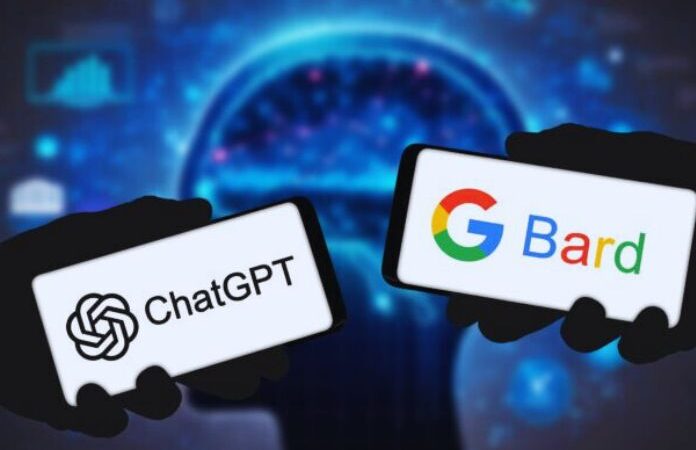Why You Need A Home 5G Internet Line

If you’re tired of being tied to Internet service providers with contracts characterized by less than advantageous conditions, less than excellent speeds, restrictive terms, and increasing rates, you are not alone. According to recent studies in the United States, ISPs are among the companies most criticized by users, surpassing sectors such as airlines and postal services.
On the other hand, with a “fixed” infrastructure and the few alternatives available, we still find ourselves anchored to this type of service. Could a new technology like 5G change this situation? This solution, already widely implemented in the telephony sector, could also satisfy the needs related to home broadband. On the other hand, a solid connection can be helpful at home, whether we are talking about intelligent working or gaming.
Not for nothing, in the United States, the first 5G plans for the home have already appeared: companies such as Starry, T-Mobile, and Verizon offer an exciting quality-price ratio. Even in the States, their accessibility is limited to a few areas, so it is easy to understand that services of this kind will still have to wait for years. We can still look at what is happening overseas to understand what the future of our connections could be.
Table of Contents
What Is A 5G Internet Line?
Simply put, 5G represents the fifth generation of wireless data networks. You’re more acquainted with 5G, which portrays the most recent, quickest, and most versatile associations. In this sense, you are right on the money: organizations of this kind, which utilize unexpected radio frequencies compared to past ages, expect to furnish higher information speeds with considerably less postponement than the past 4G.
Millimeter wave innovation utilizes higher frequencies than in past ages, giving quicker velocities and associations. Yet, those higher gigabit speeds include some significant downfalls: information doesn’t go similarly to 4G and generally disapproves of impediments and actual obstruction. To battle this, mid-band innovation, which offers speeds averaging somewhere in the range of 300 and 400 megabits each second, builds the inclusion region given by the millimeter wave. At last, low-band 5G offers a comparable reach to 4G yet speeds between 100 and 200 Mbps.
Is 5GHz The Same As 5G Home Internet?
No. A typical misstep is seeing the 5GHz setting on your Wi-Fi switch and expecting you to get to 5G. Controls of this sort additionally utilize short-range radio frequencies, regularly 2.4 GHz or 5 GHz, to communicate the Web transmission to associated gadgets inside the home. So 5GHz is one of the band choices for your home Wi-Fi framework. However, it’s different from 5G, a cell innovation that utilizes higher recurrence waves.
What’s Different About 5G Home Internet?
Most ISPs provide Internet service through telephone lines or links that interface your home to a more excellent organization. This incorporates standard Web association types, like advanced line, coaxial connection, and the famous fiber optic. These are undeniably wired associations from your supplier to your home. 5G, as applied to this specific situation, is decent remote Web access, meaning the association between your supplier and your house isn’t wired.
With this innovation, you will require a 5G recipient inside or outside your home to get the sign. It is like a satellite web, yet rather than communicating a transmission from circling satellites, it sends data from a much nearer remote center point. Regardless of whether you utilize a similar 5G organization as your cell phone, the door is well-defined for your area and can only be used in places.
A Look At The States: Which Providers Offer 5G Home Internet?
5G is spreading across the United States. For this reason, the number of providers currently offering any 5G home internet plan is relatively limited. For example, AT&T provides 5G mobile service, but its fixed wireless solution does not now use its 5G network.
The providers active in the United States, in this sense, are currently Starry above, T-Mobile, and Verizon. Let’s analyze them briefly:
- Starry offers subscription options ranging from 30 to 80 dollars per month, with speeds ranging from 50 to 1,000 Mbps. The subscription includes no limiting contracts, no costs for the handset, and a relatively simple setup.
- With T-Mobile, priced at $30–50 a month, you can get speeds from 33–182 Mbps. There are no data limits in the subscription, and the equipment is included in the package.
- Verizon, on the other hand, offers a service with a price range of 50 to 70 dollars and speeds ranging between 85 and 1,000 Mbps. Also, in this case, the subscription has no particular limits, and the connection equipment is included.
As already mentioned, this technology is still in its infancy. For this reason, these options are currently only available in the most significant American cities.
Also Read: Twitter Changed The SMS-Based 2-Factor Authentication System






